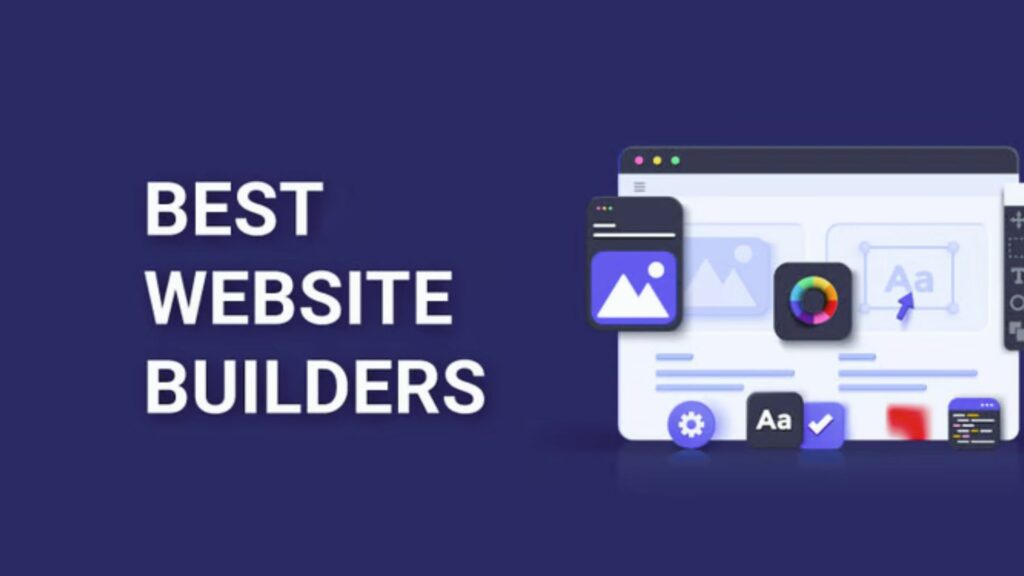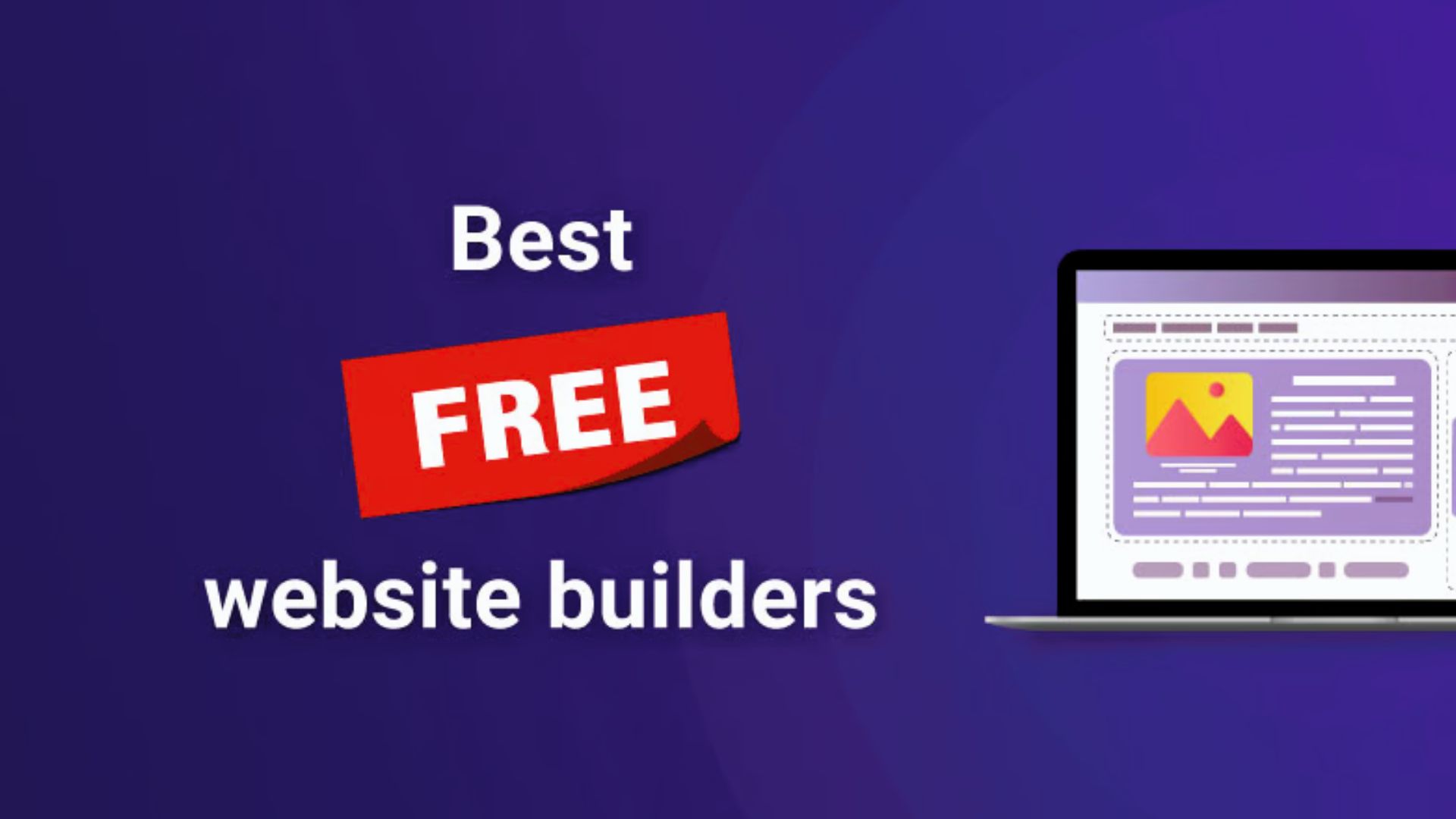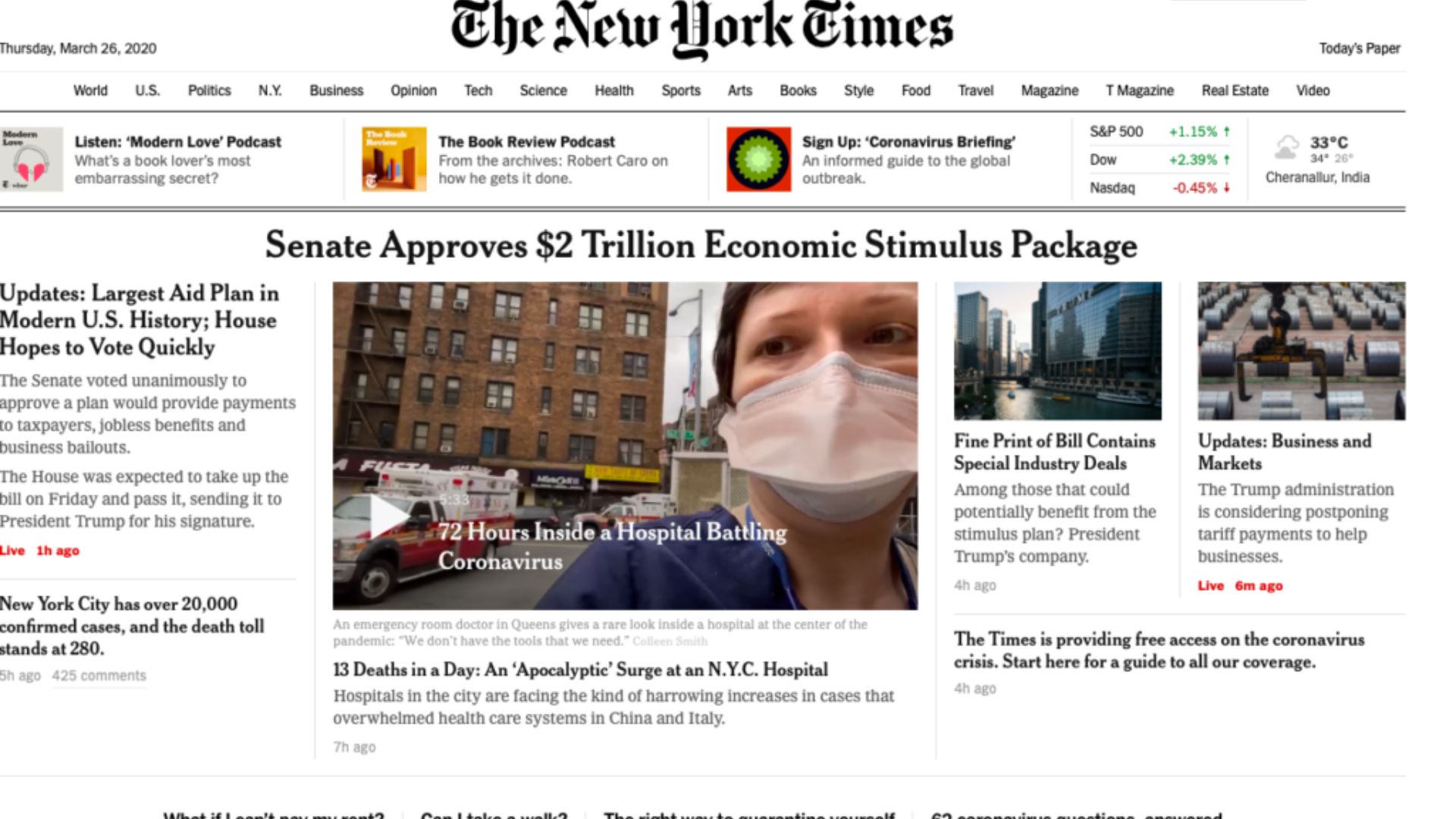Free vs Paid Website Builders present a crucial decision for aspiring website owners. While free options offer accessibility, paid platforms provide advanced features and support. Understanding your needs and budget is key in making the right choice. This article will guide you through the pros and cons of both options, helping you pick the perfect platform for your specific needs.

Free Website Builders: A Budget-Friendly Start
Free website builders offer a tempting solution, especially for those starting or on a tight budget. They allow you to create a website without any upfront costs.
However, free website builders also come with limitations:
- Limited Customization: While some customization is possible, free plans often restrict the level of control you have over your website’s design and functionality.
- Storage and Bandwidth Constraints: Free plans typically come with limited storage space and bandwidth, which can impact website performance and scalability.
- Branding Limitations: Many free website builders display their branding on your website, which can look unprofessional for businesses. You might not be able to connect a custom domain name either, leading to a less memorable web address (e.g., [invalid URL removed]).
In essence, free website builders are a great option for:
- Personal websites or online portfolios
- Simple hobbyist or non-commercial projects
- Testing the waters before investing in a paid website
Paid Website Builders: Power, Flexibility, and Growth
Paid website builders offer a more comprehensive set of features and functionalities compared to their free counterparts. While they require a monthly subscription fee, the benefits they provide can be well worth the investment.
Here’s what paid website builders bring to the table:
- Extensive Customization Options: Paid plans offer greater control over your website’s design and functionality. You can personalize layouts, integrate advanced features, and tailor the website to your specific needs.
- Increased Storage and Bandwidth: Paid plans typically offer more storage space and bandwidth, allowing your website to handle higher traffic volumes and store more content.
- Professional Branding: Paid plans allow you to connect a custom domain name (e.g., [invalid URL removed]) and remove any builder branding, creating a more professional and trustworthy online presence.
- E-commerce Functionality: Many paid website builders offer built-in e-commerce features, allowing you to sell products and services directly through your website. This is a crucial element for businesses venturing online.
- Advanced Marketing Tools: Paid plans often include marketing tools like SEO optimization and analytics, helping you attract more visitors and grow your online audience.
While there’s an investment involved, paid website builders are ideal for:
- Businesses and professional ventures
- Websites with complex functionalities or e-commerce needs
- Individuals seeking extensive customization and branding control
- Anyone serious about building a long-term online presence
Making the Choice: Free vs. Paid Website Builders
Making the Choice between Free and Paid Website Builders ultimately depends on your goals, budget, and technical skills. Consider factors like website purpose—whether it’s a blog, business site, or online store—each with different needs. Assess your comfort level with website design—free builders are beginner-friendly, while paid ones offer more customization options. Factor in growth potential—paid platforms allow scalability as your site expands. By carefully evaluating these aspects, you can choose the ideal platform. Start with a free builder, then upgrade as needed.
Conclusion
In conclusion, choosing between free and paid website builders depends on your needs and budget. While free options offer a cost-effective starting point, paid platforms often provide more features and customization options. Ultimately, weigh the benefits and limitations of each, considering factors like design flexibility, support, and scalability. Whether you opt for free simplicity or invest in premium capabilities, both avenues offer opportunities to create a compelling online presence. Make your decision based on your specific goals and resources, ensuring that your chosen platform aligns with your long-term vision for your website.










